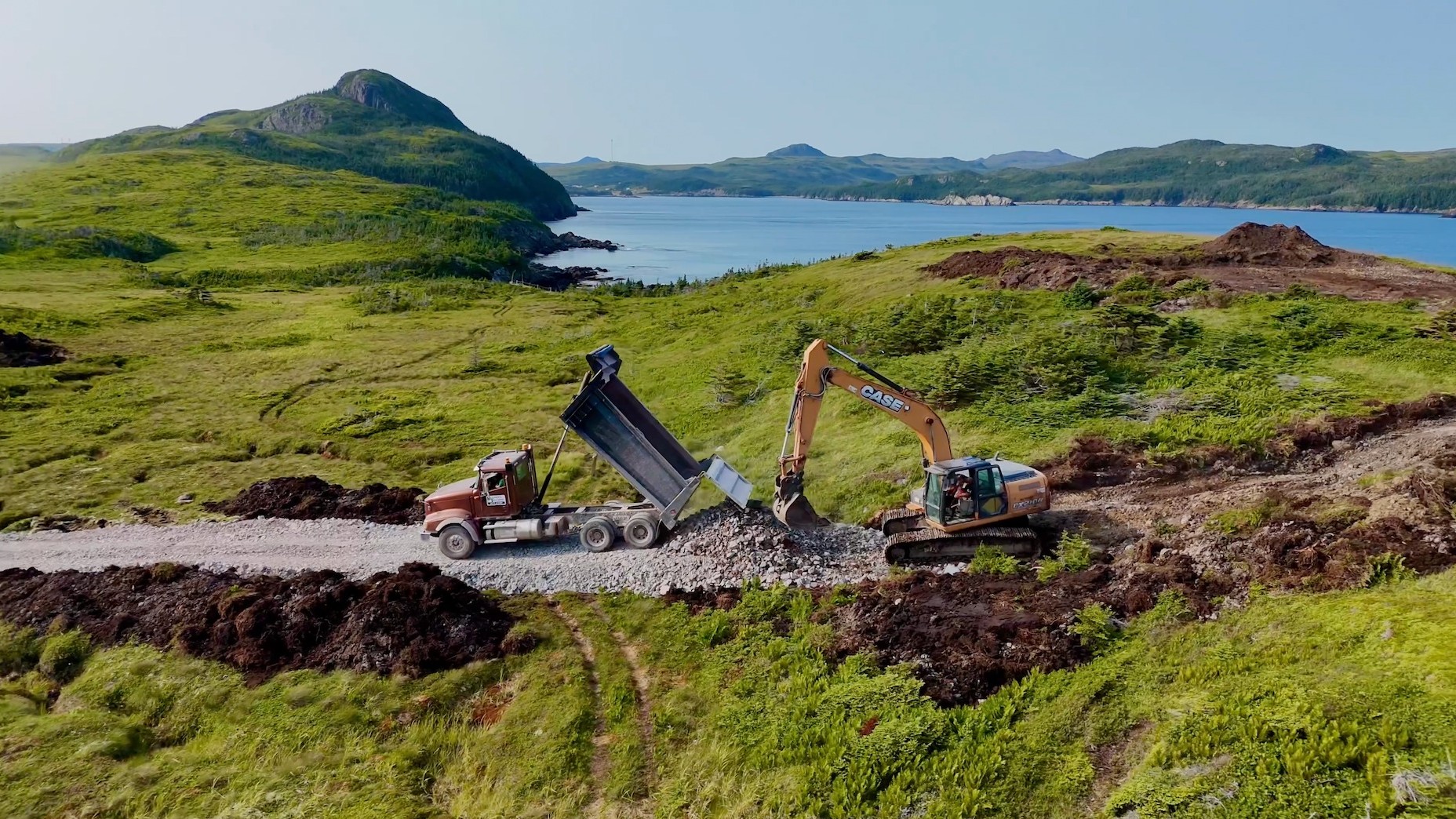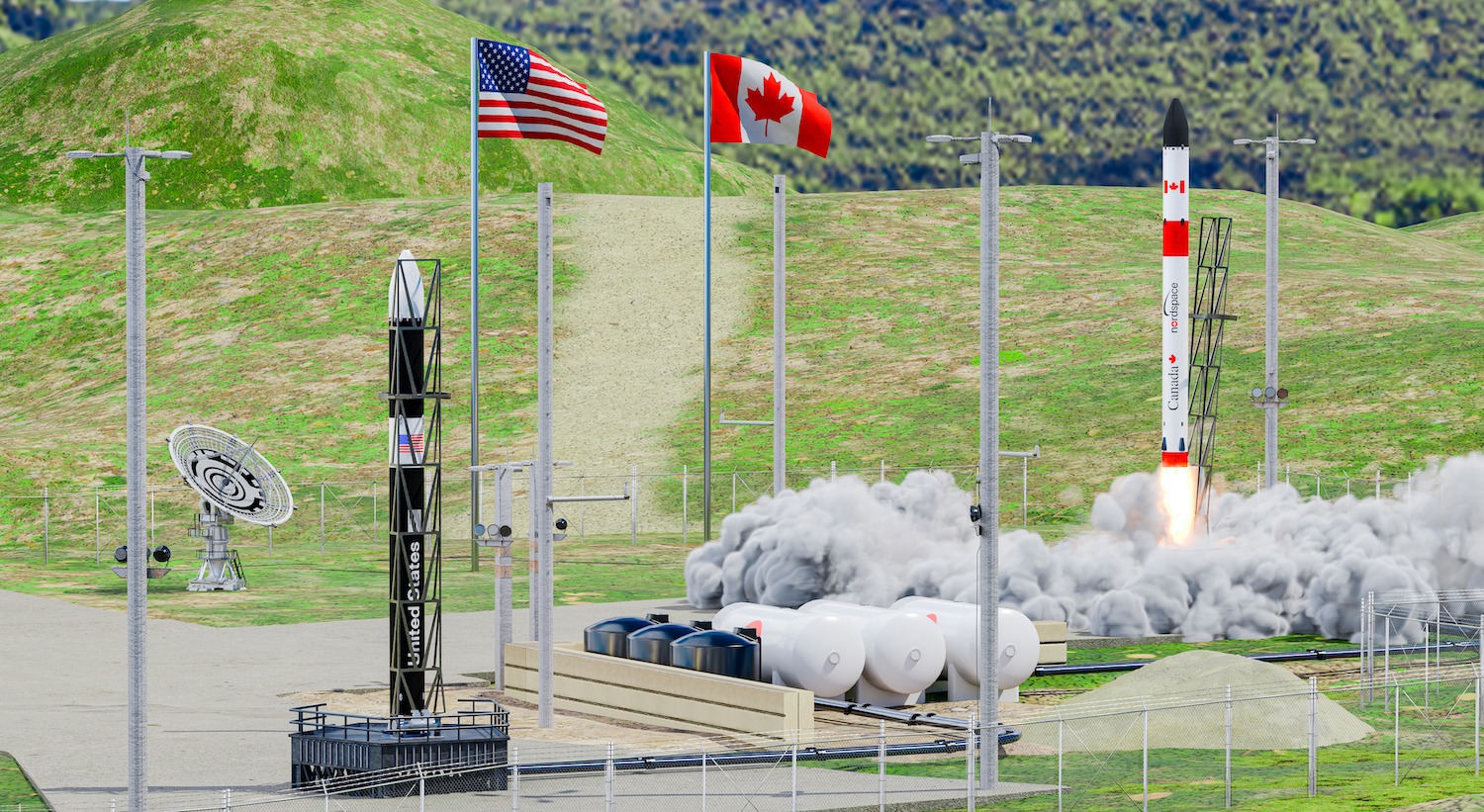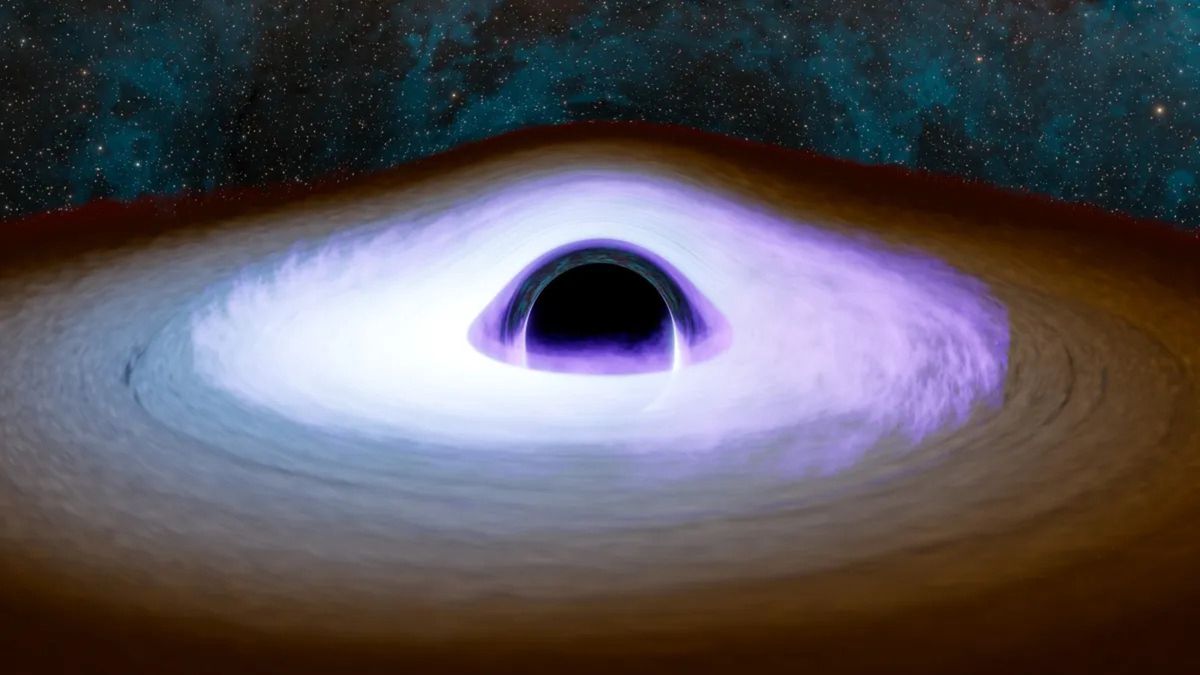Private Canadian company NordSpace has started construction on its Atlantic Spaceport Complex (ASX) in Newfoundland and Labrador, marking a major milestone toward the country's first operational commercial launch facility.
The budding infrastructure, near the town of St. Lawrence, will support NordSpace's Tundra orbital rocket and the upcoming first test flight of the company's suborbital Taiga vehicle. Other launch providers who want to use the spaceport are welcome as well, NordSpace says. The facility is "strategically positioned," according a NordSpace press release, to launch missions into orbital inclinations between 46 to 100 degrees — inclinations capable of serving equatorial to polar orbits.
NordSpace CEO Rahul Goel said the groundbreaking was a "historic moment for Canada" and a step toward its sovereign space access.

ASX, previously known as Spaceport Canada, is designed as a cornerstone of NordSpace's end-to-end space mission capability, as it was fully sourced and built from within Canada. The company's rockets currently in development are assembled using parts sourced from around the country as well as in-house, 3D-printed rocket engines.
The introductory $10 million phase of development for the site includes two facilities: Space Launch Complex-01 (SLC-01) will house two pads for orbital rockets like NordSpace's future Tundra vehicle, and SLC-02 will support suborbital flights and tracking infrastructure for "space domain awareness," the release says.
ASX's position at 46 degrees latitude enables a wide range of launch inclinations, giving it an edge over other North American spaceports that avoid certain trajectories due to safety regulations over populated areas.
NordSpace's first launch will be of its suborbital Taiga rocket, powered by the company's 3D-printed Hadfield Mk III engine. The mission, dubbed "Getting Screeched In," follows a successful test series of engine and vehicle shakedowns completed earlier this year, including a fully-integrated vehicle test that took place in January and a month-long engine qualification that fell in July.

The official launch window for Getting Screeched In opens on Aug. 25, though it's unknown when the mission will be ready. NordSpace is taking a realistic approach for Taiga's debut, and won't be aiming for orbit on its first mission.
"Our first flight of that vehicle this summer is going to be a low-altitude demonstration," Goel told Space.com. "The intent behind that is just to make sure it all goes really well and we get this win under our belts," he said. "Then we'll attempt the second flight ... early next year to demonstrate its full capability."
After Taiga, NordSpace plans to look toward its Tundra orbital launch vehicle that's still under development. Tundra will be comparable in capability to Rocket Lab's Electron rocket, which is able to launch 1,100 pounds (500 kg) to low-Earth orbit (LEO) and 550 pounds (250 kg) to sun-synchronous orbit. Part of Tundra's development includes NordSpace's first satellite, Terra Nova, which is launching in 2026 on a SpaceX Falcon 9 rideshare mission to test in-space propulsion and imaging technologies. NordSpace is eyeing 2027 for Tundra's first mission.
ASX will also support NordSpace's SHARP (Supersonic and Hypersonic Applications Research Platform) initiative, which includes three hypersonic research vehicles designed for national defense applications.
NordSpace says it's time to end reliance on foreign rockets to launch Canadian-built space hardware, and Canadian officials have voiced strong support for the company's efforts. NordSpace estimates the introduction of a domestic launch capability will create nearly 650 jobs and contribute $2.5 billion in economic activity through 2035.
.png)
 German (DE)
German (DE)  English (US)
English (US)  Spanish (ES)
Spanish (ES)  French (FR)
French (FR)  Hindi (IN)
Hindi (IN)  Italian (IT)
Italian (IT)  Russian (RU)
Russian (RU) 




Comments